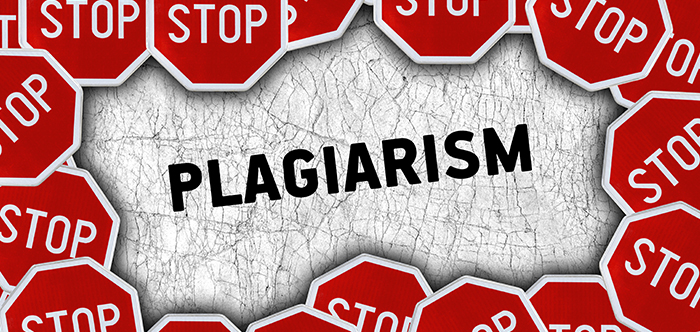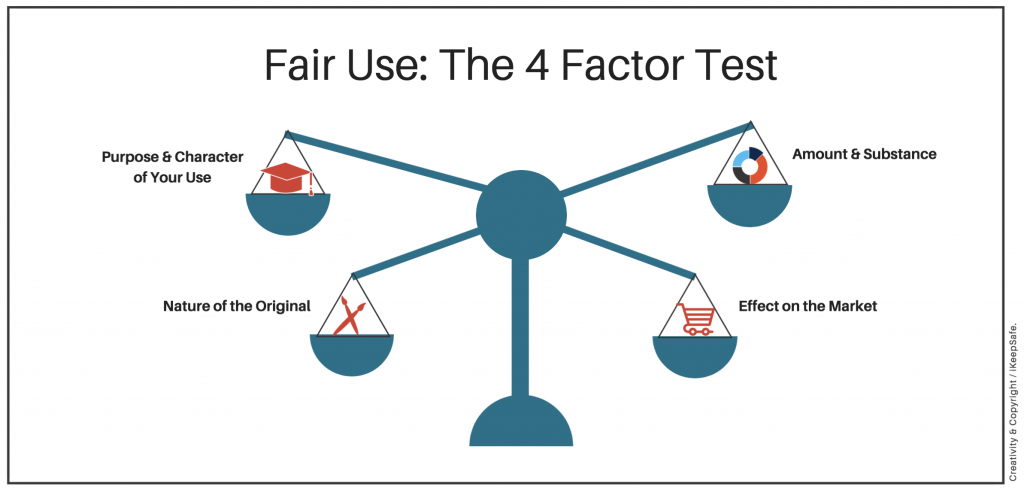Copyright
Copyrights help protect original work from being taken and used without permission or compensation. Copyrights are automatically applied to original works. There is no need to apply to have ownership but an individual can apply for a copyright in order to show evidence of ownership. According to the Library of Congress, copyrights protect a range of works like writing, music, performances, and pictures.

https://edu.gcfglobal.org/en/useinformationcorrectly/copyright-and-fair-use/1/
Plagiarism
According to Merriam Webster Dictionary, plagiarism is the taking of ideas, words, or products and trying to benefit from it as your own or without giving credit to the creator.
Examples of plagiarism
Turning in assignments that were completed by another student.
Failing to properly cite and credit a sources.
Using images, music, and videos on things like websites.
Plagiarism can often be avoided by taking the necessary steps to give credit to the creator of the content that is being used. The copyrighted material could also fall into a category known as fair use. Fair Use will be described in the following section.

https://teachmag.com/wp-content/uploads/2017/04/Plagiarism.jpg
Fair Use
The Library of Congress defines fair use as specific uses of copyrighted material that is allowed without receiving permission from the creator of the material being used. These uses are very limited and have a set of requirements in order for the use of the material to not infringe on the copyright. It is also important to note that students using copyrighted material like images and songs in a school project would be allowed, but this changes if the product is then taken and posted somewhere online.
Fair Use Check
Purpose- The use of the material is not for profit or is for an educational use that still does not result in a commercial gain.
Nature- Is the work mostly made up of facts or is it creative. More factual pieces of work are more covered by fair use.
Amount- Are you taking the whole product or are you using a smaller portion?
Effect- Did it take away from the creator financially? If it is used to not have to buy more of the product then it would not fall under fair use.

https://www.connectsafely.org/copyright/
The following videos explain the importance of copyright, plagiarism, and fair use.
Creativity, Copyright, and Fair Use
Resources for Students
Copyright and Fair Use FAQ's for Kids
Resources for Parents
References